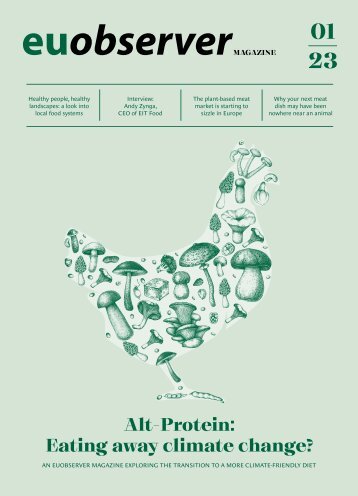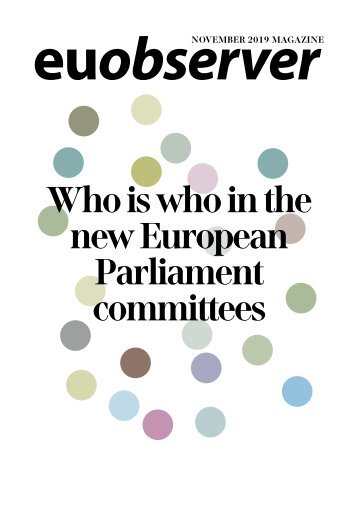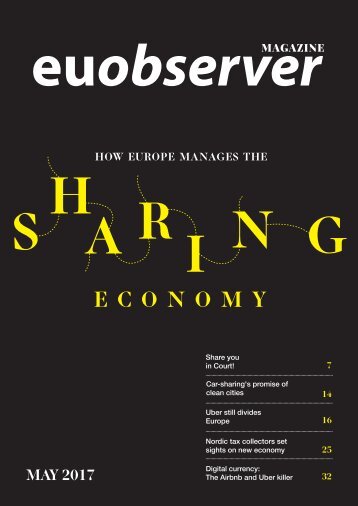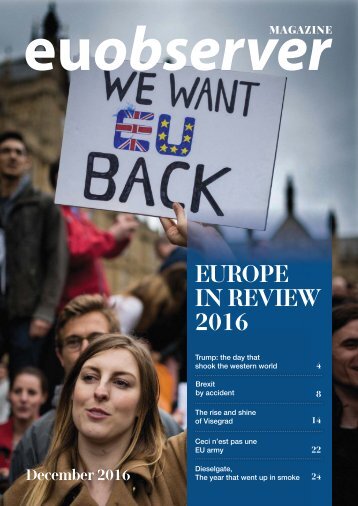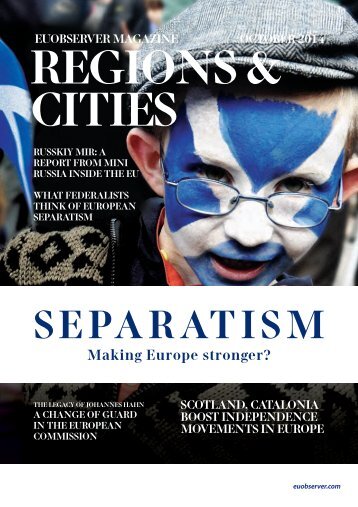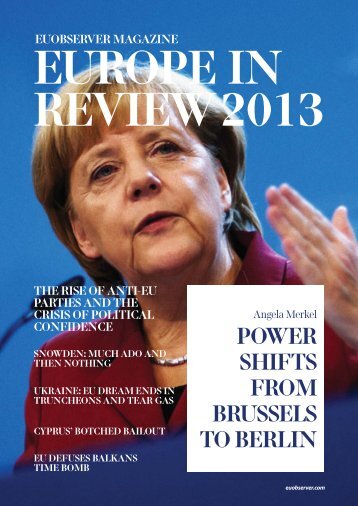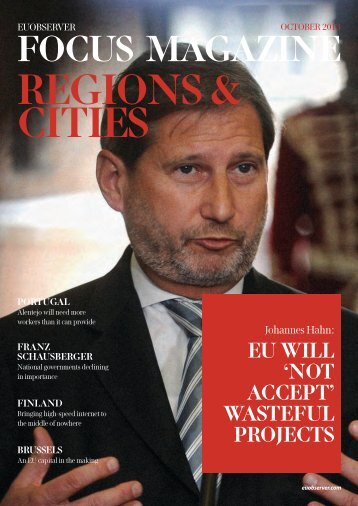Regions & Cities 2018: A deep dive into the EU regional funds
- Text
- European
- Regions
- Funds
- Cohesion
- Cities
- Regional
- Countries
- Euobserver
- Funding
- Eastern
A Budapest-based
A Budapest-based research institute, Hetfa, said in a report that, due to EU funds, in Hungary GDP was higher by 4.9 percent in 2015 than it would have been without the subsidies. Employment increased by 2.8 percent. Subtracting the short stimulus rush on demand caused by the EU funds still leaves Hungary with a 2.1 percent higher GDP than without the EU funds, and employment increased by 0.8 percent compared without subsidies. Zsolt Darvas, an analyst with the Brussels-based Bruegel think tank, agreed that the policy's effectiveness raises questions. Money dispersed by three different funds under 'cohesion' has a short-term effect that has contributed to Hungary's GDP growth. But this is generally used for imports and boosting demand. "The long-term effect remains moderate as the short-term effect of spending money wanes," Darvas told EUobserver. Former commissioner Laszlo Andor said that Poland and Hungary would have been much less prosperous over the last 15 years without EU funds Photo: European Commission 15 years without EU funds, even though some development would have taken place by receiving foreign direct investment. WHAT IS THE EFFECT? The effectiveness is difficult to measure even according to the EU commission, which steers the program, as there are 270 regions with different needs and objectives. According to the EU executive, under the regional and cohesion funds (two of the biggest amounts of money under the policy), 1.3 million jobs were created in the EU during 2007-2013, and over 356,000 small-and-medium enterprises (SMEs) and 141,000 start-ups were supported. During this financing period, some 7,541km of railway was renovated, 475km was newly-built, while 41,189km of road was repaired and 6,667km of new roads built. Some experts, however, argue that while the cohesion funds create a short-term capital infusion, they have no long-term effect on economic growth. One of the aims of cohesion was to inject capital into post-communist countries. But the funds have - to some extent - been taken advantage of by companies that use the additional financing for investments they would have made anyway. Some experts are also concerned that the funds were used for the daily operation of existing institutions, like university departments, via projects intended for deeper academic research. "The cohesion policy effectively has not contributed to growth," said Balazs Szepesi, an analyst with the Budapest-based Hetfa Research Institute, who has been following the issue closely for decades. According to an analysis by Hetfa, Hungary's annual GDP growth was only 0.1-2.0 percent higher because of EU funds in the 2007-13 financing period. Sustainable growth they found was 1.0 percent in the period 2007-13. Hetfa's report also concluded that only 81,000 jobs (in a labour market of 4.2 million) were created, most of them for the duration of the projects. Over the long-term, approximately 20,000 people found jobs thanks to the cohesion programs. 26 — REGIONS & CITIES 2018
Cohesion policy projects in Romania Photo: European Parliament TOO TIGHT, TOO LOOSE? Szepesi said the key reason for this is that cohesion policy – in the past 14 years since central European member states joined the bloc in 2004 – has become more bureaucratic and rigid. The EU sets goals and member states and regions can choose from those. "The countries' and regions' hands are tied. They spend the money on what they can, not on what they need to," Szepesi told EUobserver. Szepesi argued that the EU has sacrificed some of the effectiveness, for the sake of being able to measure the impact of cohesion policy. He added that the pressure to fulfil indicators to prove that a fund has been used dissuades stakeholders from taking risks – and that hinders more tangible results. The success of an education project, for instance, might score higher if funds are made available for already relatively well-functioning schools: thus money is channeled to them, rather than schools in more difficult situations where progress is more difficult to achieve. Szepesi added that cohesion funds contributed to the 'economic miracle' seen in previous decades in Spain and Ireland – but that the rules of the programs became stricter once Europe's eastern flank joined. The commission-led administration, Szepesi argued, wants to limit how much of a say politics has in the distribution of the funds, which leads to avoiding setting clear targets and negates taking responsibility for the spending of the funds, and blaming "Brussels". This also makes political accountability more difficult, Szepesi pointed out. He argued that, instead, politics should have a wide room for manoeuvre when designing programs and deciding on funds. Darvas argued the opposite – that efficiency could be improved if, instead of member states, it was the commission directly in charge of managing cohesion money. 27 — REGIONS & CITIES 2018
- Page 1 and 2: REGIONS & CITIES MAGAZINE 2018 A de
- Page 3 and 4: A tourist's guide to EU-funded Amst
- Page 5 and 6: Noorderpark: €33m Photo: Peter Te
- Page 7 and 8: than a national one? - was somethin
- Page 9 and 10: The big European budget battle— w
- Page 11 and 12: the EU to have the ability to tax i
- Page 13 and 14: Most of the regions have been funde
- Page 15 and 16: Commissioner Corina Cretu: 'We have
- Page 17 and 18: 'Some member states will not qualif
- Page 19 and 20: Romania receiving structural funds,
- Page 21 and 22: Tug of war between 'top -down' and
- Page 23 and 24: framework, which will weaken cohesi
- Page 25: Scotland's remote regions, like in
- Page 29 and 30: 'Integration' -the missing factor i
- Page 31 and 32: The second biggest headache is maki
Inappropriate
Loading...
Mail this publication
Loading...
Embed
Loading...

